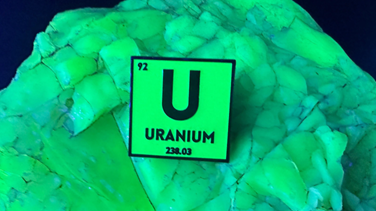Cobalt 101 - Part II : Pricing Model
By Gaia Research Team.
The Gaia Research Team specializes in sustainable mining investments, focusing on responsible resource extraction. Committed to transparency and innovation, the Team aims to transform the mining sector into a more sustainable industry that benefits both the economy and the planet while addressing the huge supply and demand gap for critical minerals.
Cobalt Pricing: The Alpha and Omega of Volatility
Cobalt's pricing structure is one of the most volatile in the commodities market, driven by concentrated supply, opaque trading mechanisms, and shifting structural demand. Unlike more liquid markets such as crude oil or copper, cobalt lacks standardized futures contracts, making hedging ineffective and exposing manufacturers and investors to extreme price swings. This volatility is not random but is driven by deep structural inefficiencies, geopolitical fragility, and supply-side bottlenecks. To navigate this complexity, a robust modelling approach is essential, one that goes beyond simple trend projections and integrates stochastic, risk-weighted simulations that account for external shocks.
Price Transparency Challenges
Cobalt pricing is distorted by structural opacity, which makes market signals inefficient and exacerbates speculative volatility:
No Deep Futures Market: Unlike crude oil or copper, cobalt lacks standardized and liquid derivatives markets, preventing effective risk hedging.
Supply Chain Concentration: 76% of global cobalt mining occurs in the Democratic Republic of Congo (DRC), while 75% of refining capacity is controlled by China, leading to market opacity and price distortions.
Over-the-Counter (OTC) Trading Dominance: Cobalt is primarily traded via bilateral agreements and opaque long-term contracts, reducing price visibility. Arbitrage opportunities are frequently exploited by large refiners and traders, exacerbating volatility.
Traditional regression-based pricing models fail to capture these complexities. A purely time-series-driven approach is insufficient because cobalt’s market structure is driven by event-driven price dislocations, policy risks, and supply bottlenecks. This necessitates a stochastic, risk-adjusted framework.
The rest of this article is reserved for signed-in users.
Sign in or create your free account to read the full article.
Comments (0)
Sign in or create a free account to leave a comment.



